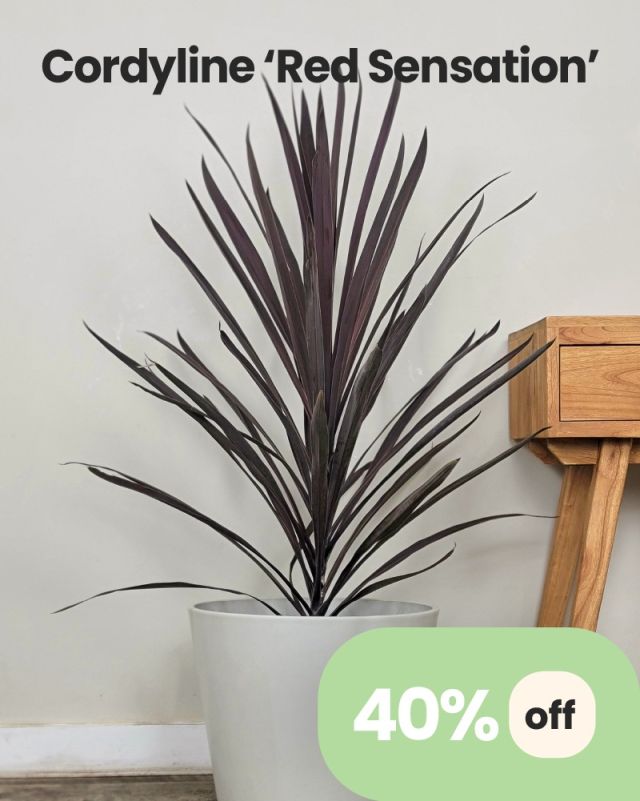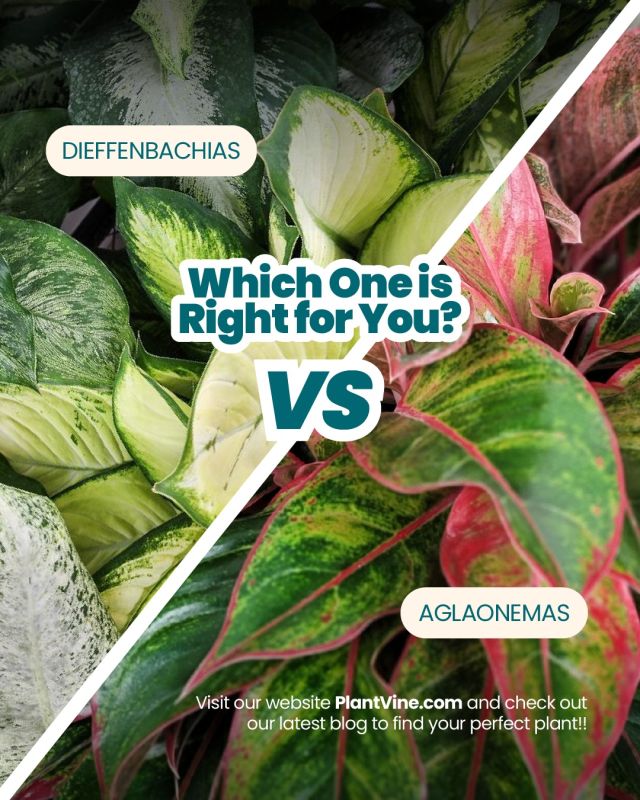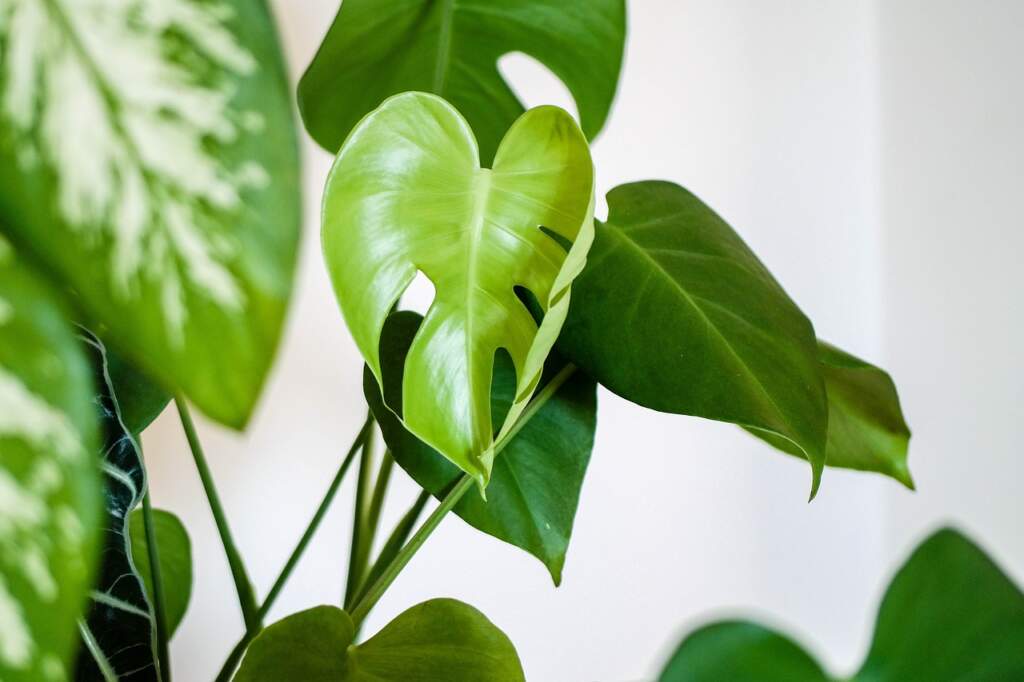
In the past few years, houseplants have become more than just decorative items that sit on windowsills; they’ve evolved into a cultural phenomenon. Social media platforms are abuzz with plant enthusiasts sharing tips, showcasing new acquisitions, and even trading plants. But as any plant lover knows, not all houseplants are priced equally. Some may cost as little as a couple of dollars, while others can set you back hundreds or even thousands.
Why such a broad range?
The pricing of houseplants in the U.S. is influenced by a combination of factors including rarity, age, size, supply and demand, seasonality, quality, sourcing, overhead costs, branding, and additional features. Understanding these variables can help consumers make more informed decisions and find plants that fit both their aesthetic desires and budget.
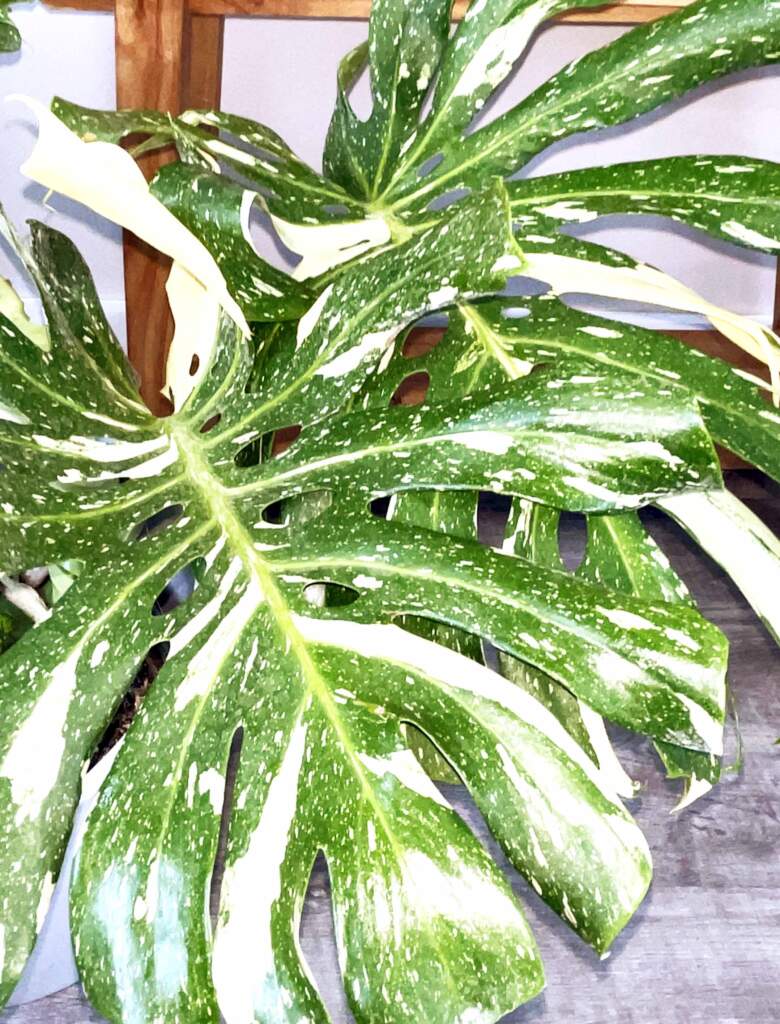
Rarity: The Uncommon Allure
When it comes to houseplants, rarity often plays a pivotal role in pricing. Plants that are hard to find generally command higher prices. The reasons behind a plant’s rarity can vary—sometimes, it’s because a particular species is difficult to propagate, or perhaps it grows only in very specific ecological conditions that are hard to replicate. These plants might require specialized care, making them a prized possession for the serious collector.
Some plants, like the Variegated Monstera or the Pink Princess Philodendron, are examples of rare plants that have been catapulted into the limelight due to their aesthetic appeal and scarcity, fetching incredibly high prices on the market.
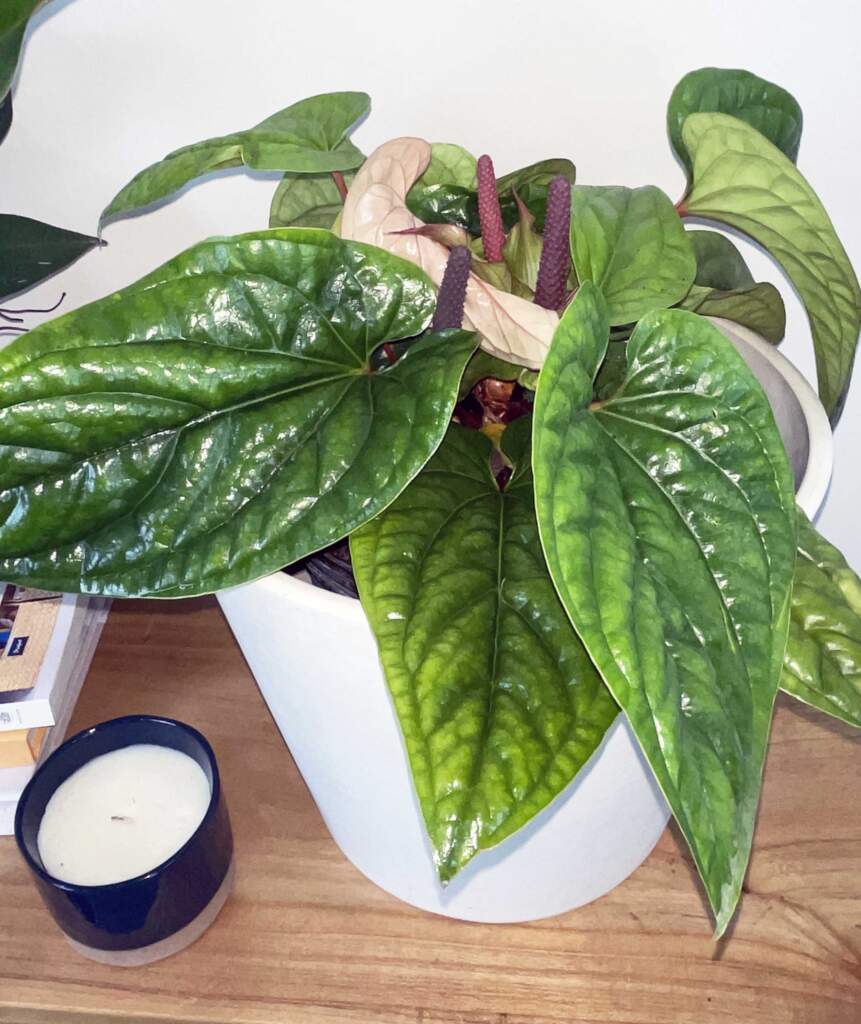
Supply and Demand: The Economic Engine
The laws of supply and demand are as applicable to houseplants as they are to any other commodity. When a particular species gains popularity, the demand often outpaces the supply, leading to an increase in price. This is commonly seen in trends driven by social media, where a certain plant becomes a ‘must-have’ item, causing prices to soar.
Sometimes, this demand is seasonal. Plants that flower or show vibrant colors during specific times of the year can see their prices fluctuate accordingly. However, overproduction can also saturate the market, causing prices to drop. Therefore, timing and trends can significantly impact how much you pay for a plant.
Plants may be more expensive during certain seasons. For example, spring often sees a spike in demand as people look to refresh their homes, which can drive prices up. Flowering plants tend to be in greater demand while they are producing fresh new blooms, which makes them more visually appealing and so more desirable during that period.
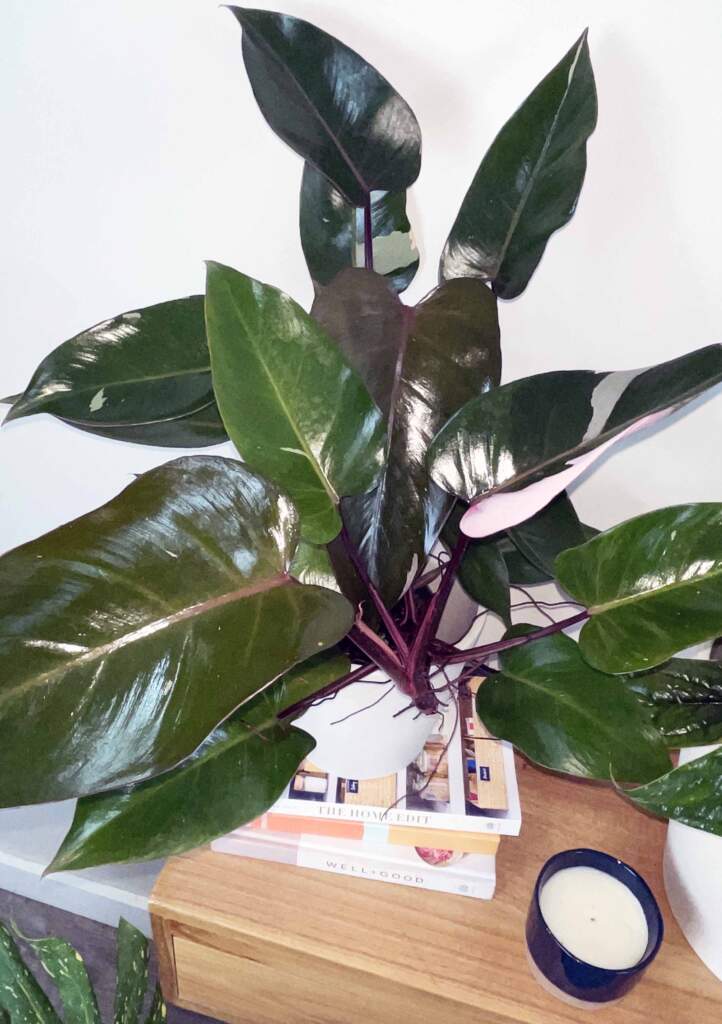
Patented Species and Cultivars: The Role of Intellectual Property
In recent years, plant breeders and biotechnologists have developed specific varieties of houseplants that are patented. These plants are genetically unique and often offer benefits such as improved disease resistance, unique colors, or easier care requirements. Because these cultivars are patented, nurseries must pay licensing fees to grow and sell them. Naturally, these costs are passed on to the consumer.
Examples include certain types of Orchids or even genetically modified plants like the blue Poinsettia. These plants are often more expensive due to the costs involved in research and development, as well as the legal framework that protects these patented species.
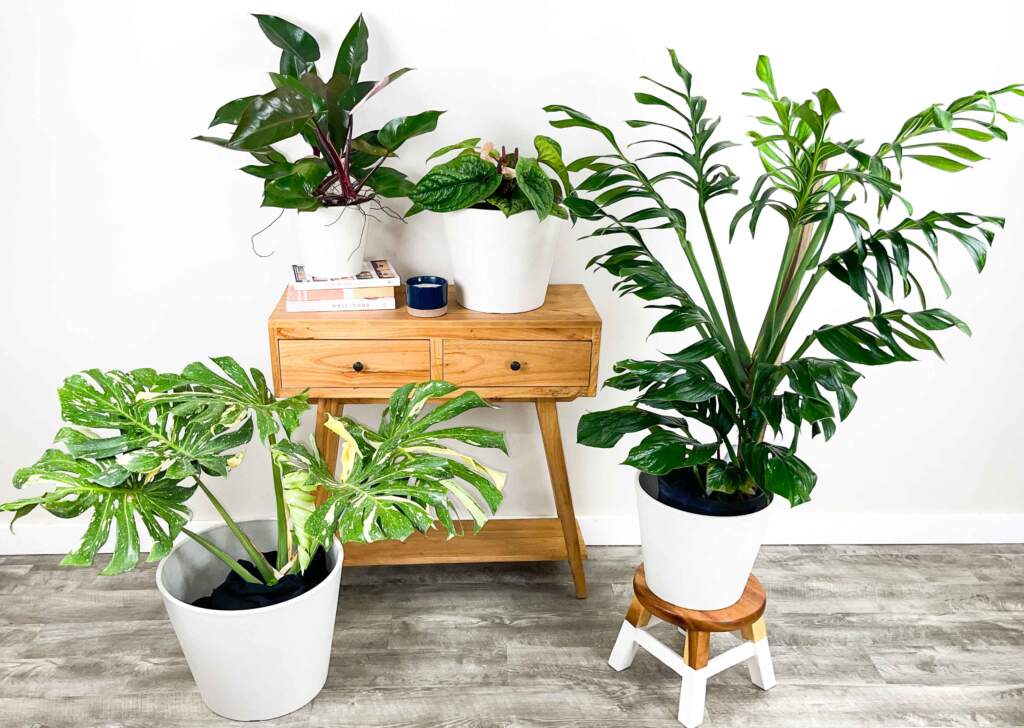
Sizing: A Scale of Investment
Size is another obvious factor in the cost of a houseplant. Larger plants require more resources to grow and maintain; they take up more space, both in the nursery and during transport. Therefore, it’s only logical that they cost more than their smaller counterparts.
However, it’s not just the current size that matters, but also the growth potential. Slow-growing plants might be small but expensive if they take several years to reach that size. Conversely, fast-growing plants might be cheaper even if they are quite large because they require less time and care investment from nurseries.
Quality and Health: Not all Plants are Grown the Same
Plants that are disease-free, pest-free, and well-cared for will command higher prices. Some specialized nurseries even offer “acclimated” plants that are adapted to lower-light conditions, making them easier to care for in typical indoor environments.
Other Factors
Beyond these primary influencers, other factors can also impact plant pricing. These include the cost of care (some plants require specialized growing conditions, contributing to higher prices), the reputation of the nursery, and even the ‘branding’ of the plant—how it’s presented and marketed can influence perceived value and therefore price.
Conclusion
The price tag on a houseplant is the result of a complex interplay of various factors, from its rarity and the laws of supply and demand to intellectual property issues and sizing considerations. Understanding these factors not only helps you appreciate why some of your leafy friends might set you back more than others but also empowers you to make informed decisions. After all, in the thriving world of plant parenthood, knowledge is as essential as water and sunlight.
Looking to keep your exotic plants pest-free? We recommend BioAdvanced 3-In-1, now available at Amazon.





